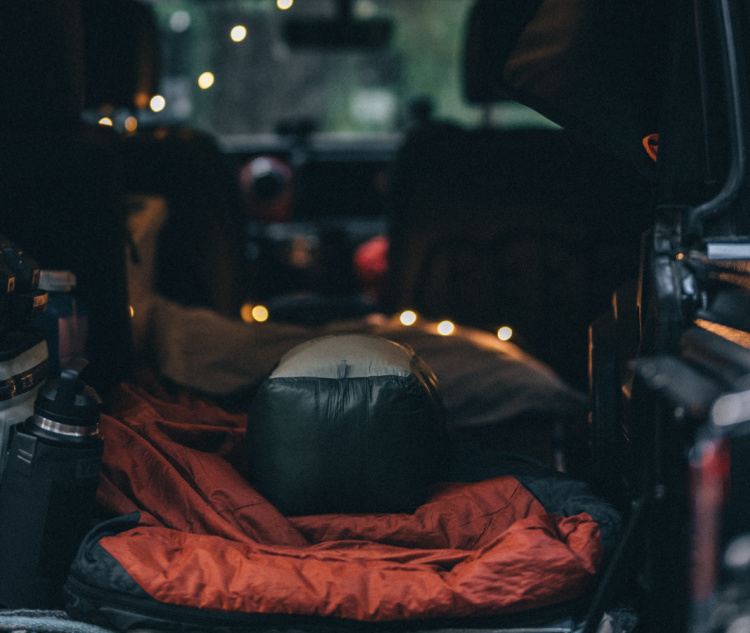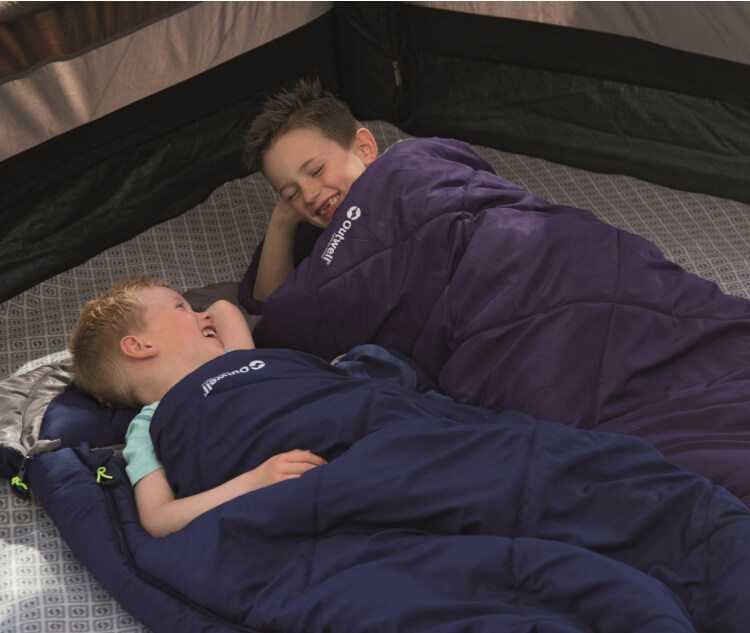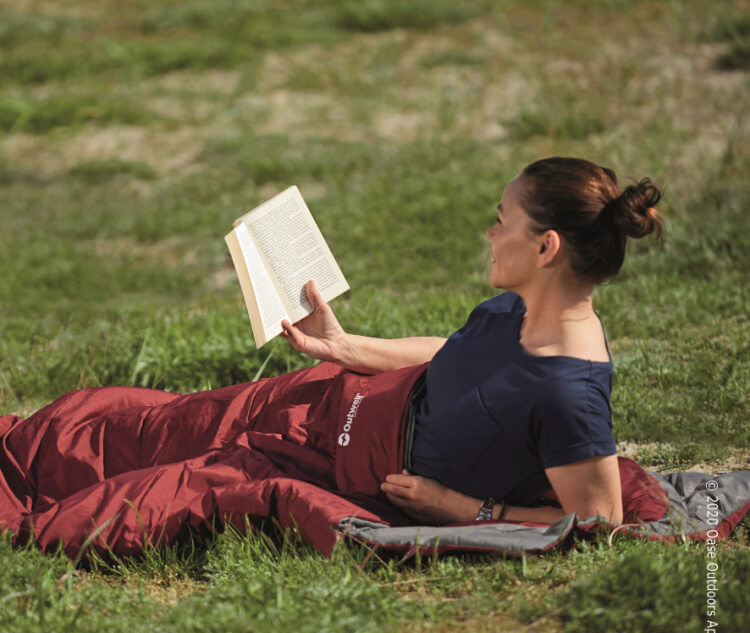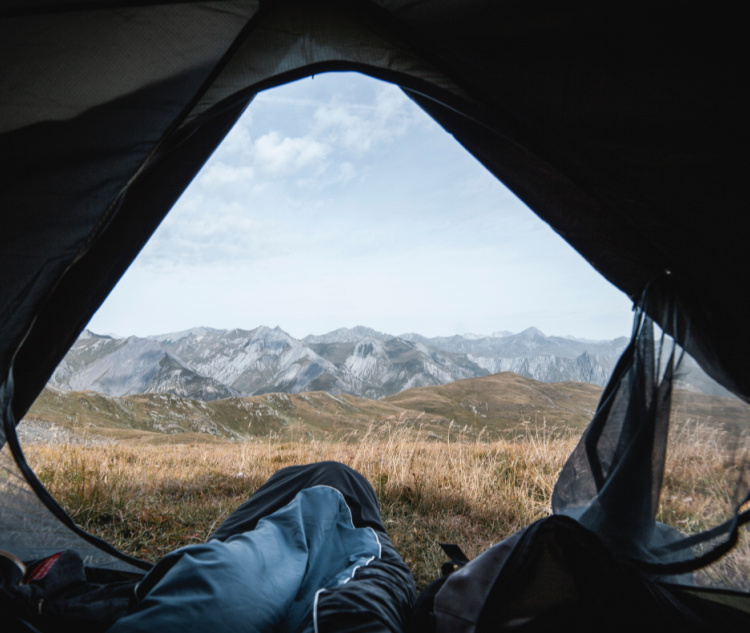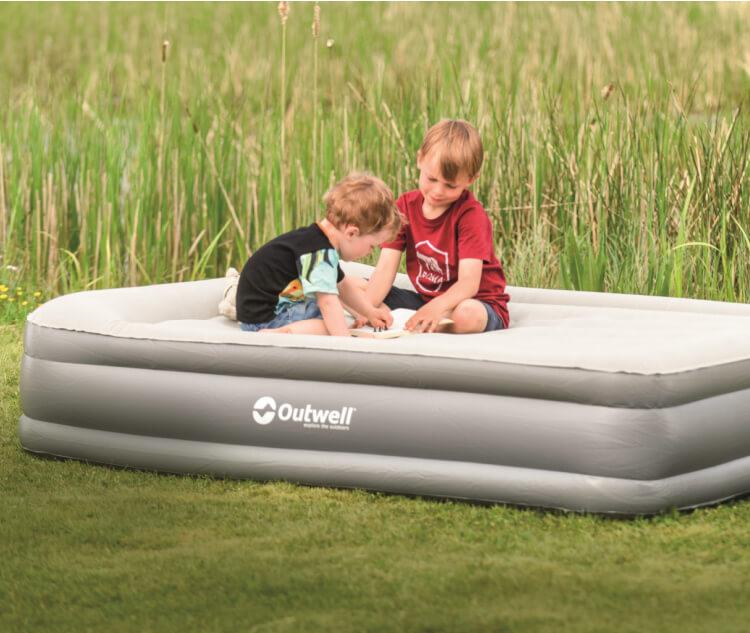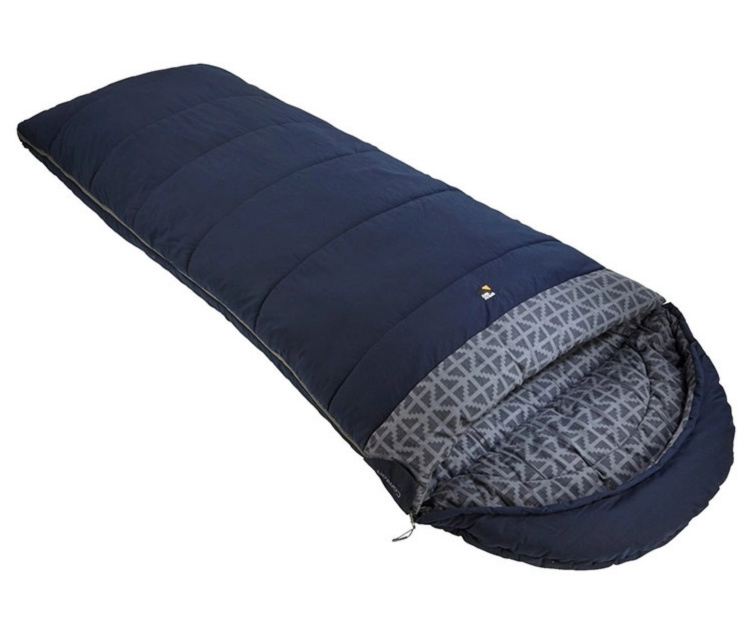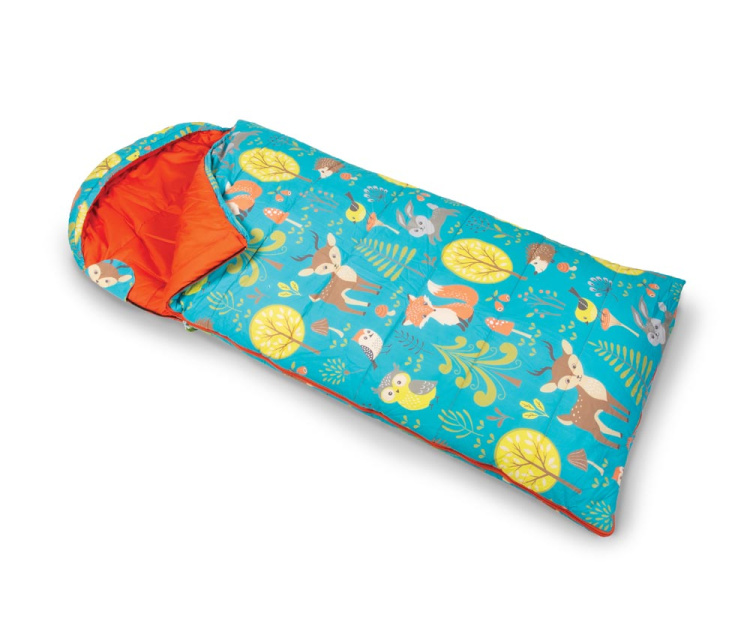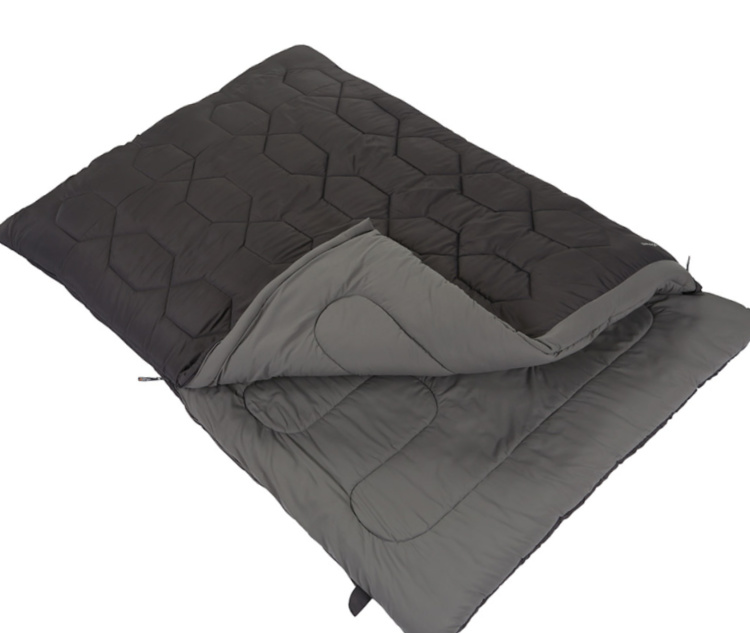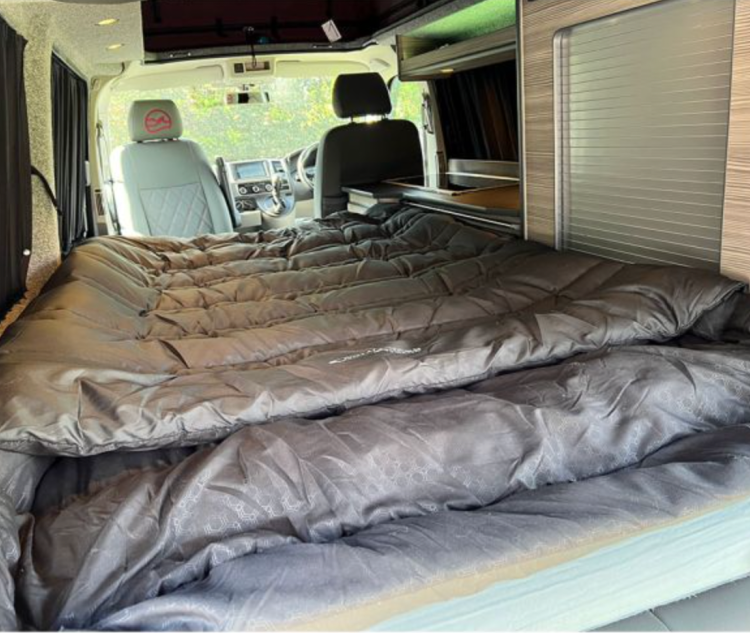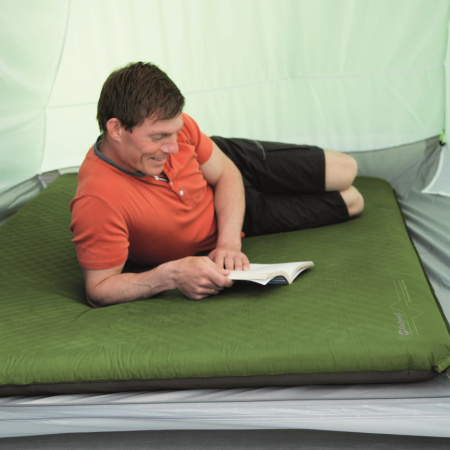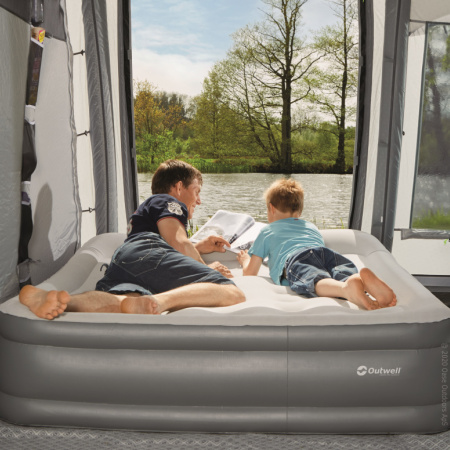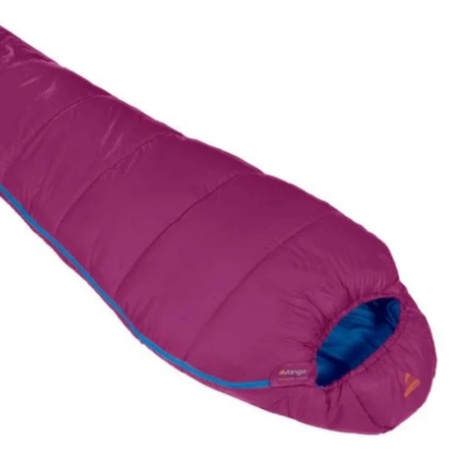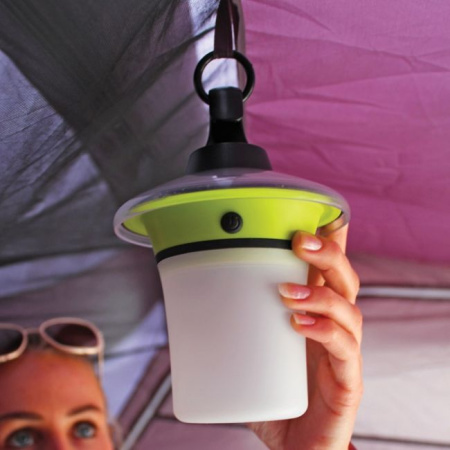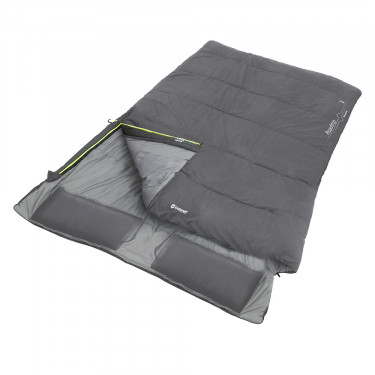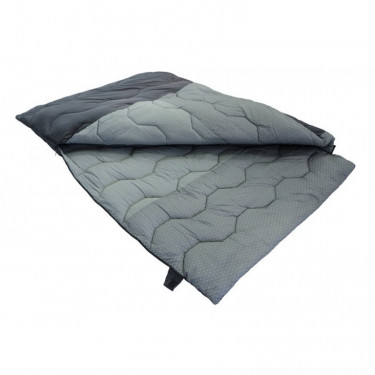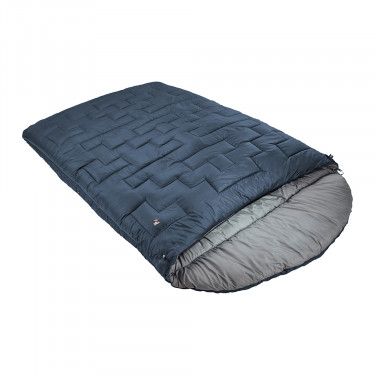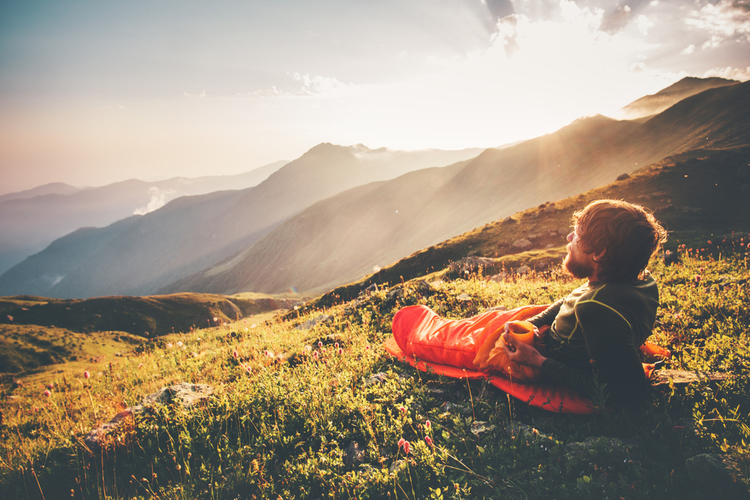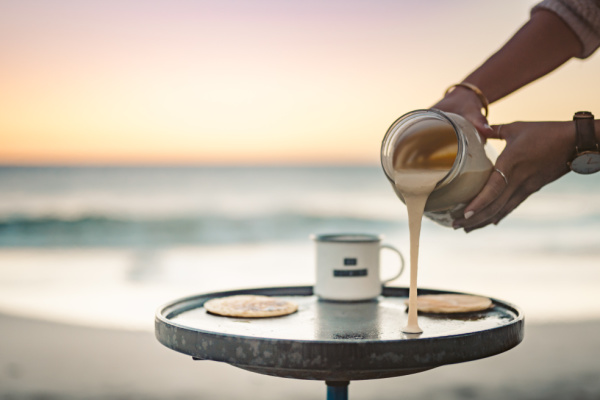It doesn’t matter whether you’re away with the family at the Lakes for the weekend or visiting your favourite camping site, sleeping well is vital to ensure you’re ready for the following day. Therefore, a good-quality sleeping bag is a must.
However, when it comes to buying the perfect sleeping bag, there are many factors to consider. Winfields Outdoors has made this buying guide to help shed some light on the key information – from filling to sleeping bag types, and the best products based on your needs.
Read on to discover more and find the best sleeping bags for 2022 with Winfields Outdoors…
Sleeping Bag Season Guide
Choosing the right sleeping bag very much depends on the time of year, and the outdoor conditions in which you’ll be sleeping in.
For example, if you’re planning a camping trip during the winter season, you’ll likely need a heavier-duty sleeping bag to keep you warm, instead of a lighter sleeping bag which would be ideal for the summer periods. That’s why they’re made with different season ratings, as explained below:
Spring & Summer
-
- 1 Season: For summer or indoor use, an overnight temperature of 10°C or higher
- 2 Season: Late spring, early autumn, an overnight temperature of 5°C or higher
Autumn & Winter
-
- 3 Season: Late autumn or milder winter nights, an overnight temperature of 0°C or higher
- 4 Season: Cold winter nights, perhaps with frost, an overnight temperature of around -5°C or higher



